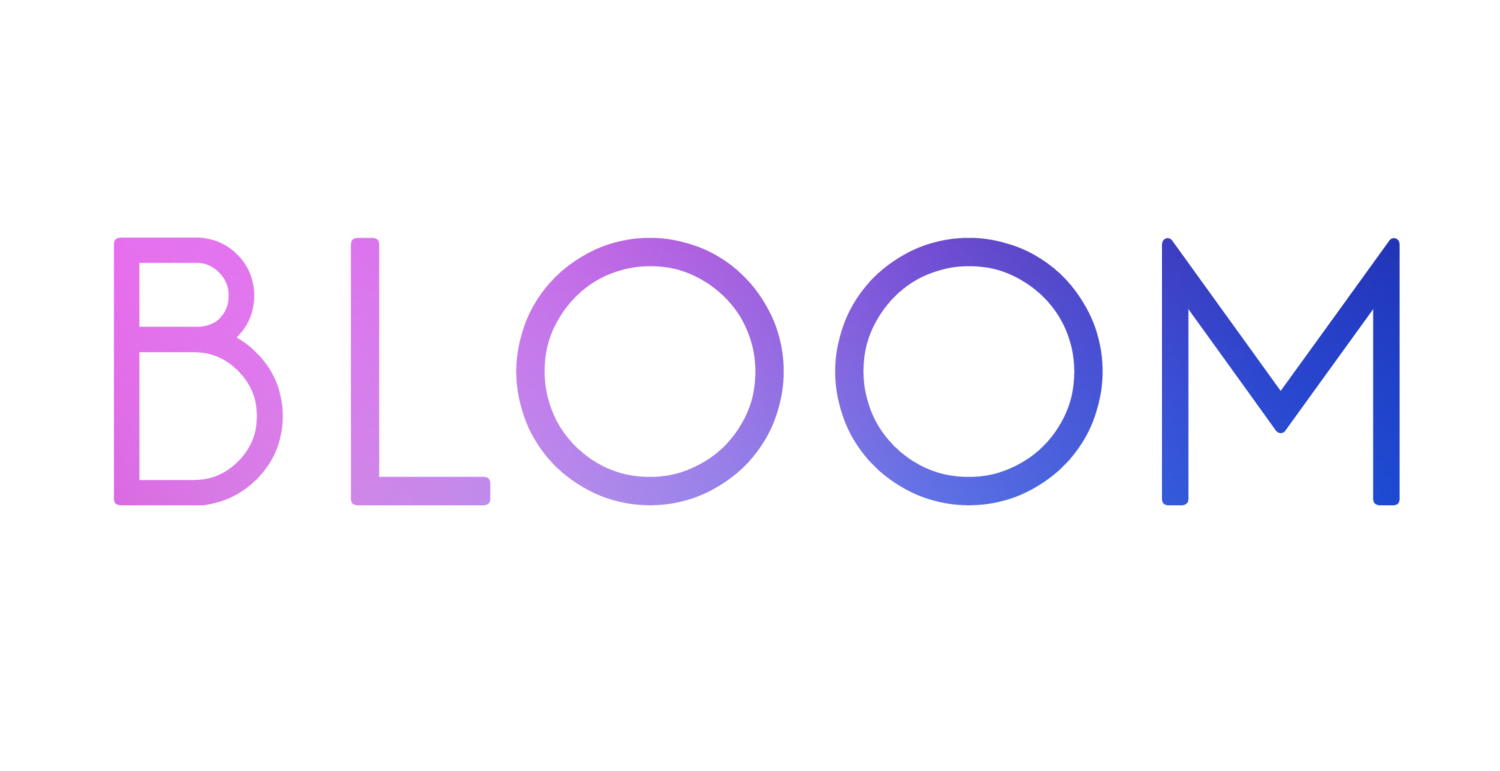Why did it take me 30 years to feel comfortable talking about my ADHD...crazy right?
As it’s ADHD Awareness Month in October, I thought it would be a good time give a personal perspective on my own neurodiversity to help give insight into this often-misunderstood condition.
I view myself as one of the lucky ones. I diagnosed with ADHD at 4, meant I had many years to understand and work with my diagnosis. But diagnosis doesn’t mean I’m sorted. For example, it has taken me multiple attempts to sit down and start this blog. However, I do view myself as lucky. I know many people, who may never get a diagnosis due to long waiting times or costly private avenues. For many their diagnosis is not about a label, but a point from which they can move forward with a greater understanding and awareness of themselves.
When I was at school I was seen as the bright, disruptive one. Neurodiversity wasn’t high on teacher’s agendas and therefore I spent more time in the corridor than in lessons. After some questionable A- Level choices, Mrs Ashely, recognised my ability to juggle multiple things at once (Thank you ADHD!). I was able to redo my A level choices and meet my ambition of going to university.
This was a real turning point. My ‘perceived’ weaknesses were strengths. I started to understand myself more and further down the line this really helped me in working out what I needed from a job.
For me variety and a busy workload is key to my success.
There are many different symptoms of ADHD – it commonly displays very differently in men and women. Men tend to display their symptoms externally: hyperactivity, disruptive behaviour, interrupting others and aggression, which is often easier to see and diagnose. Women tend to internalise their symptoms: lacking motivation, feeling overwhelmed, social anxiety and perfectionism which as women age and develop can also become confused with changes that happen within puberty and the menopause.
Personally, my ADHD manifests itself most acutely when it comes to distractions. I can spend ages on a “to do” list to then get totally distracted by a non-urgent Teams message. Noises are my total nemesis. Useful when there is a leaking pipe under your floorboards no one else has noticed, not so useful when out for dinner trying to listen to what the person opposite is saying to you amongst the noise of a busy restaurant. Where there is too much overstimulation, I struggle to maintain concentration.
So why did it take so long for me to talk about my ADHD publicly?
If you think back to your first jobs you probably wore the same uniform as everyone else following set processes leaving little room for individuality. You were one in a crowd not an individual, and therefore had to mask your differences to fit in. This need to fit in follows us. It takes one brave person to stick their head above the parapet in order to create an environment where you can also say “Me too, I’m different.” But the risks are high.
There are many misconceptions with ADHD and we need to open up the conversation and break down the stigma that comes with this neurodiversity.
· Yes, I do struggle to maintain my concentration in meetings, but my problem-solving skills mean I am great in a crisis.
· Yes, I do struggle to prioritise, but my hyperfocus means I can deliver a lot of work in a short space of time.
So how can employers, managers and colleagues get this right in the workplace?
Many companies are now starting to understand more about the pressures of modern day working on those with neurodiversity and are looking at policies and work environments to make the workplace more inclusive. However, ADHD isn’t black and white, it’s more shades of grey, so individuals have different experiences and symptoms - this means a clear-cut policy isn’t suitable if you want to be truly inclusive.
Here are my top 3 things – for you to consider as an employer or as a colleague:
Distractions – Creating the right working environment is key. Providing quiet rooms, or normalising noise cancelling headphones in an open plan office to minimise distractions. Creating a working culture that allows people to close down emails and teams/slack in order to have deep thinking time away from notifications and noises. All this allows those with ADHD to unlock their creative brains and deliver their best work.
Meetings – Reducing 30-minute meetings to 25 mins and 1 hour meetings to 45 minutes was a game changer, giving me time to breathe between meetings and process information, so I can attend the next meeting with a clear mind.
Events – Within larger face to face events, creating the space and rooms for people to take time out of overstimulating environments will mean many will feel more comfortable and stay present within their physical surroundings for longer.
Conversation – Opening up the dialogue is key. Everyone’s experience of ADHD is personal. By simply asking the questions we very often forget you can unlock the menu of what works for your colleagues –
· How do you like to learn?
· What environment do you work best in?
· How can I support you to feel most comfortable within the workplace?
All these ideas provide a safe environment for people to be in, making more of us braver to embrace our differences.
None of the above is rocket science, but often gets forgotten in our busy day-to-day lives. Through starting the conversation, we can all play our part to make “our invisible more visible” which is something we are keen to do at Bloom amongst both our neurodiversity group but also the wider and inclusive Bloom network.
Voice of Alice Anson,
Digital Media Director, Nectar360,
Member of Bloom-ND
